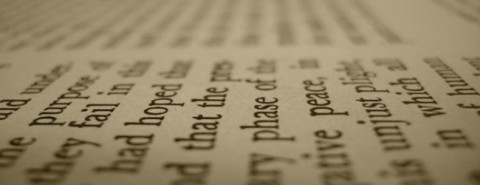
Read "Letter from Birmingham Jail" as it appeared in the Century. See also Edward Gilbreath's review of Jonathan Rieder's book on King's letter.
Fifty years ago, in June 1963, the Christian Century found itself near the center of American public debate when it was the first large-circulation magazine to publish the full text of Martin Luther King Jr.’s “Letter from Birmingham Jail.” The letter would shortly thereafter stand as the manifesto of those King led in pursuing African-American civil rights in the mid-1960s by means of nonviolent direct action. And it eventually assumed pride of place alongside Henry David Thoreau’s “Civil Disobedience” as a touchstone for the theory and practice of civil disobedience in American protest politics.
King composed the letter in a jail cell in the midst of the bitter struggle to desegregate public accommodations in Birmingham, Alabama—the dark heart of southern racism, the “Johannesburg of America.” He and other organizers in the Southern Christian Leadership Conference had arrived in Birmingham in March 1963 on the heels of a campaign in Albany, Georgia, that had failed to put much of a dent in segregation in that small city. There an astute sheriff, Laurie Pritchett, had deflected their efforts with a cool head, orderly arrests and an abundance of prearranged jail space. The SCLC and its local allies in Birmingham, led by Baptist minister Fred Shuttlesworth, hoped for better results, confident that they could provoke Eugene “Bull” Connor, that city’s brutal commissioner of public safety, into the sort of spectacle of bigoted violence that Pritchett had carefully avoided—one that would shine a media spotlight on their struggle and win support from hesitant liberals. As King put it in the letter, “We would present our very bodies as a means of laying our case before the conscience of the local and the national community.”



